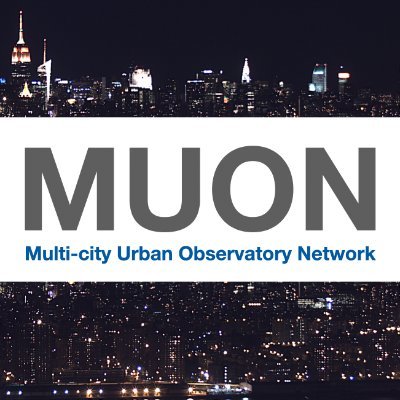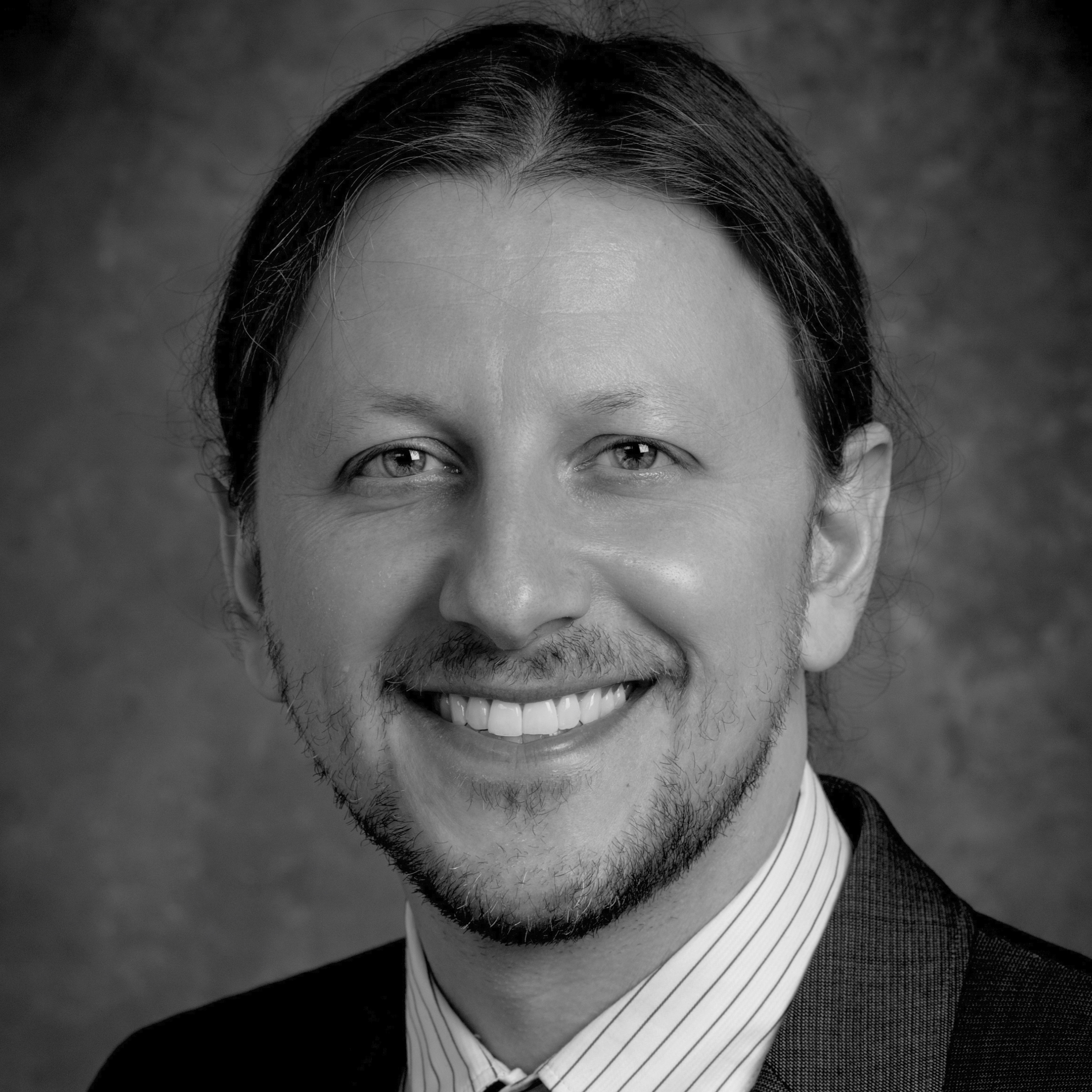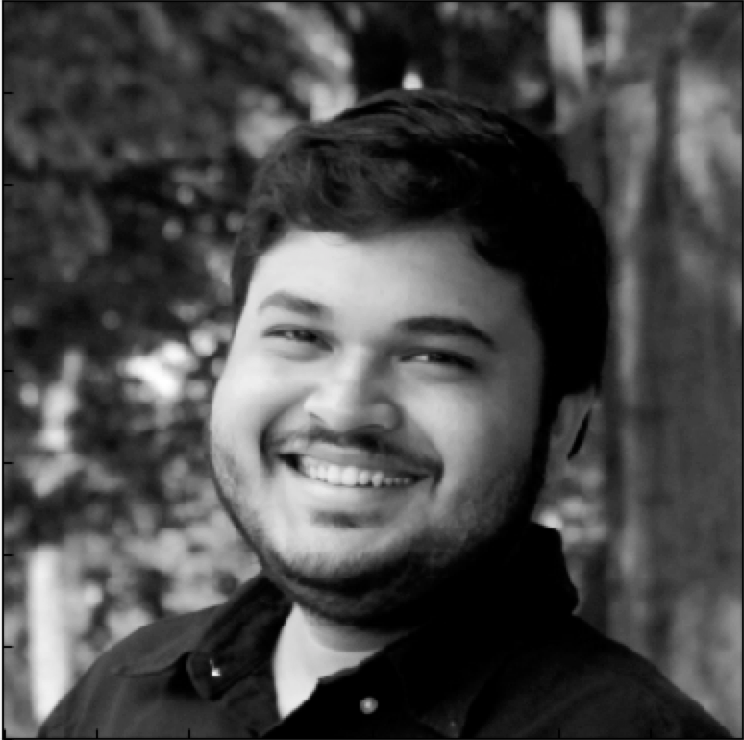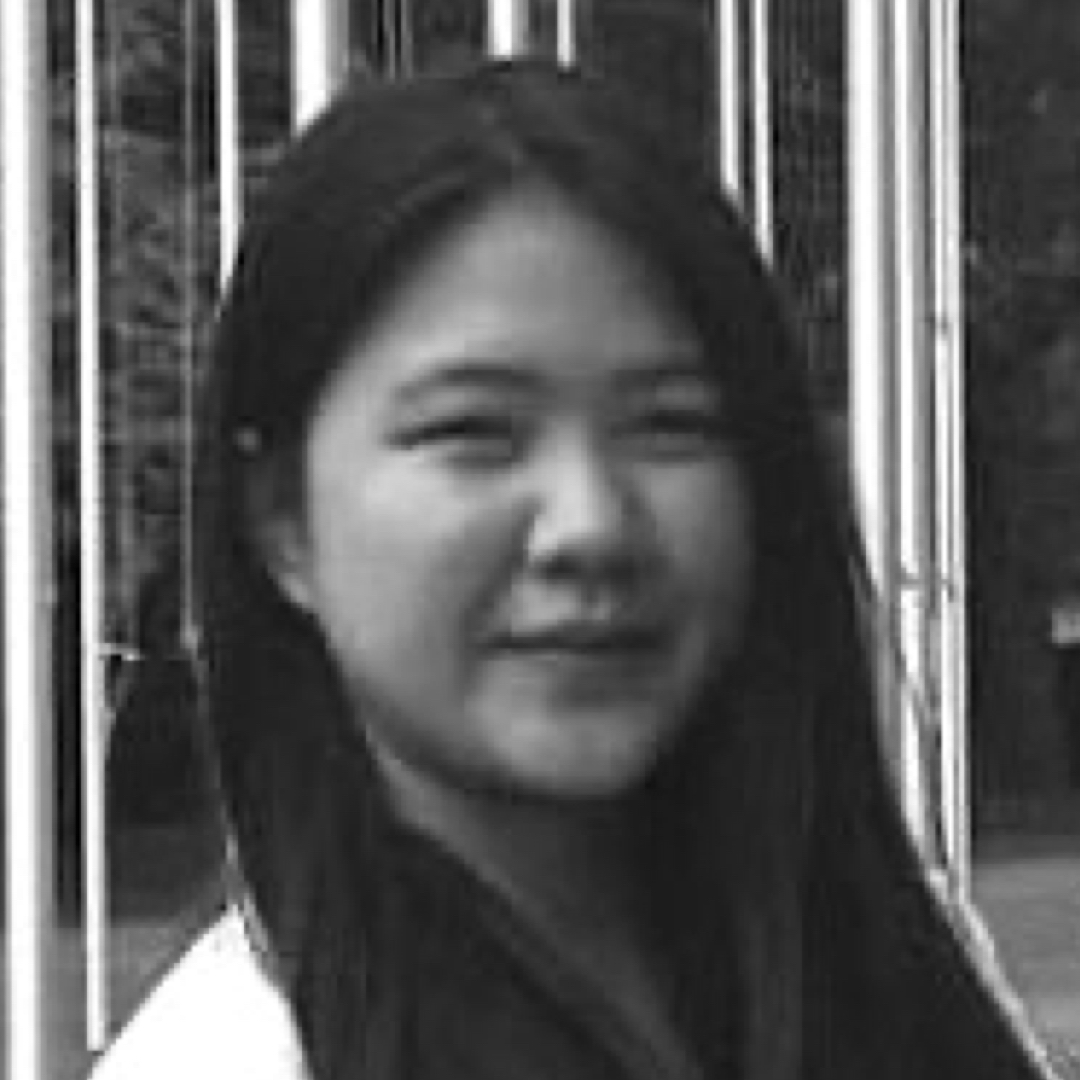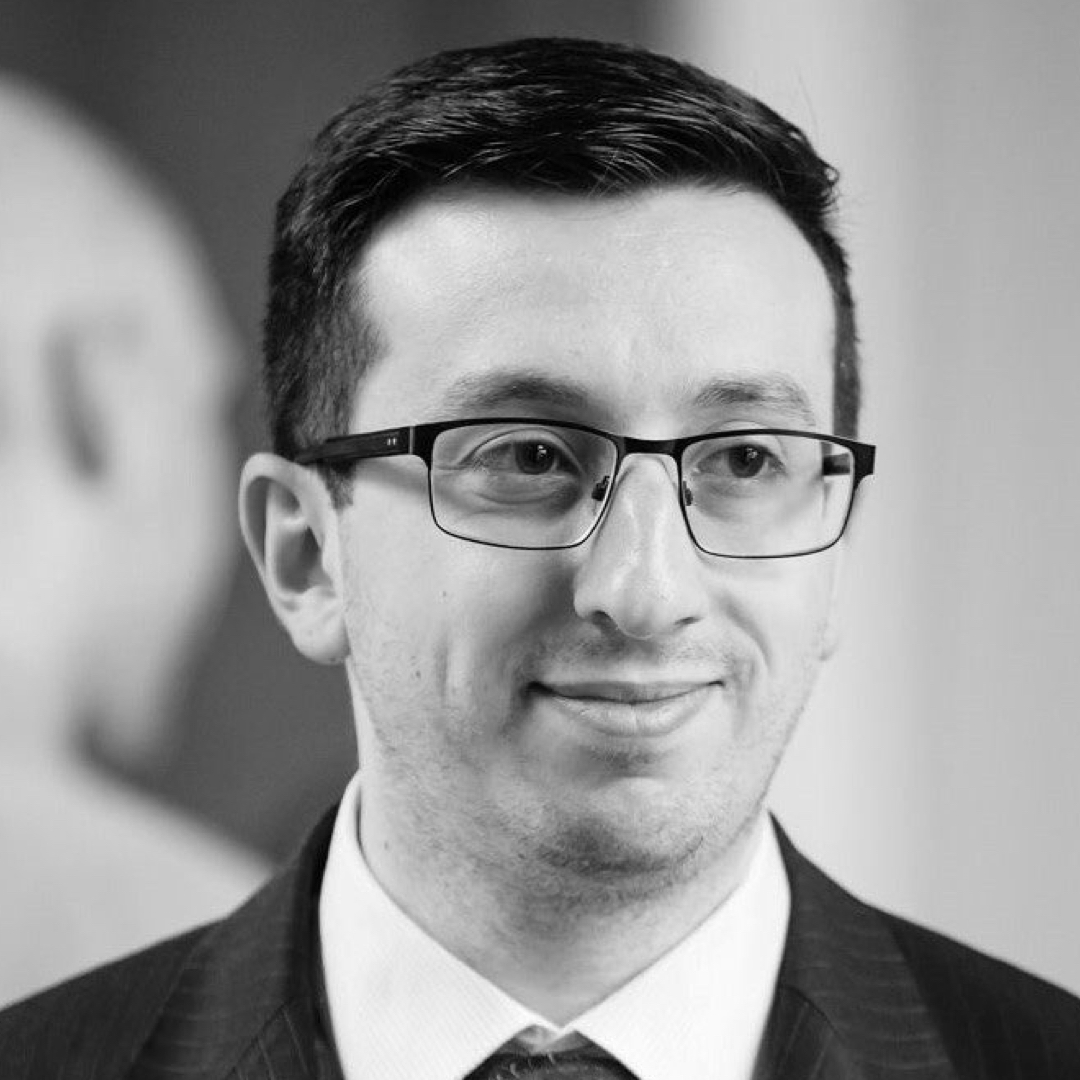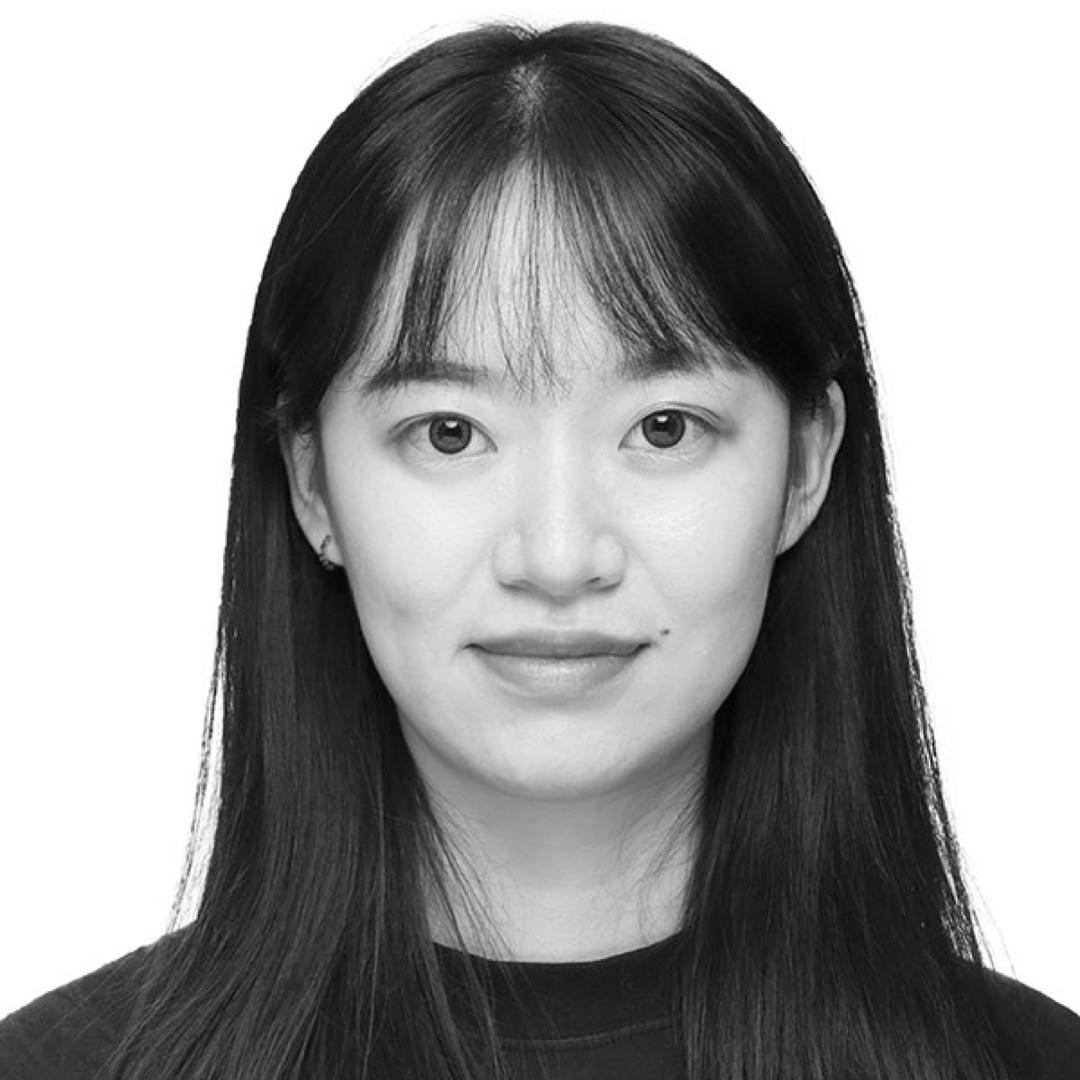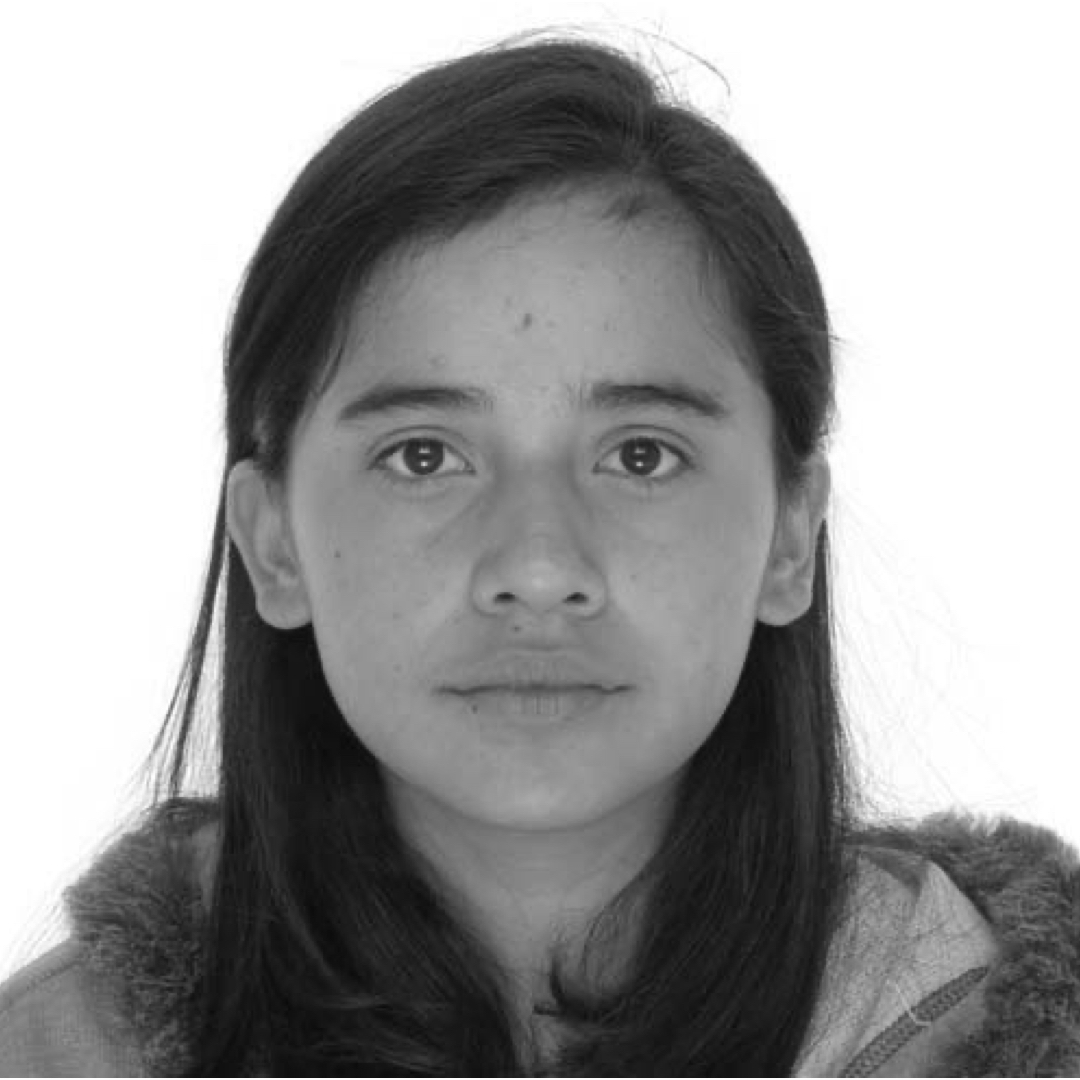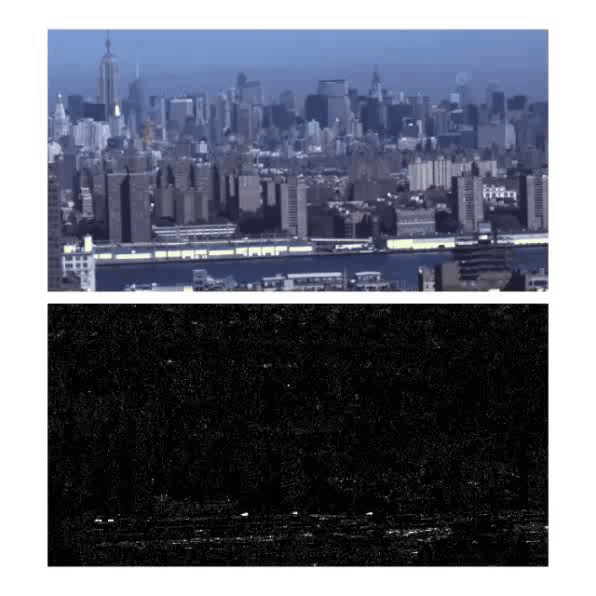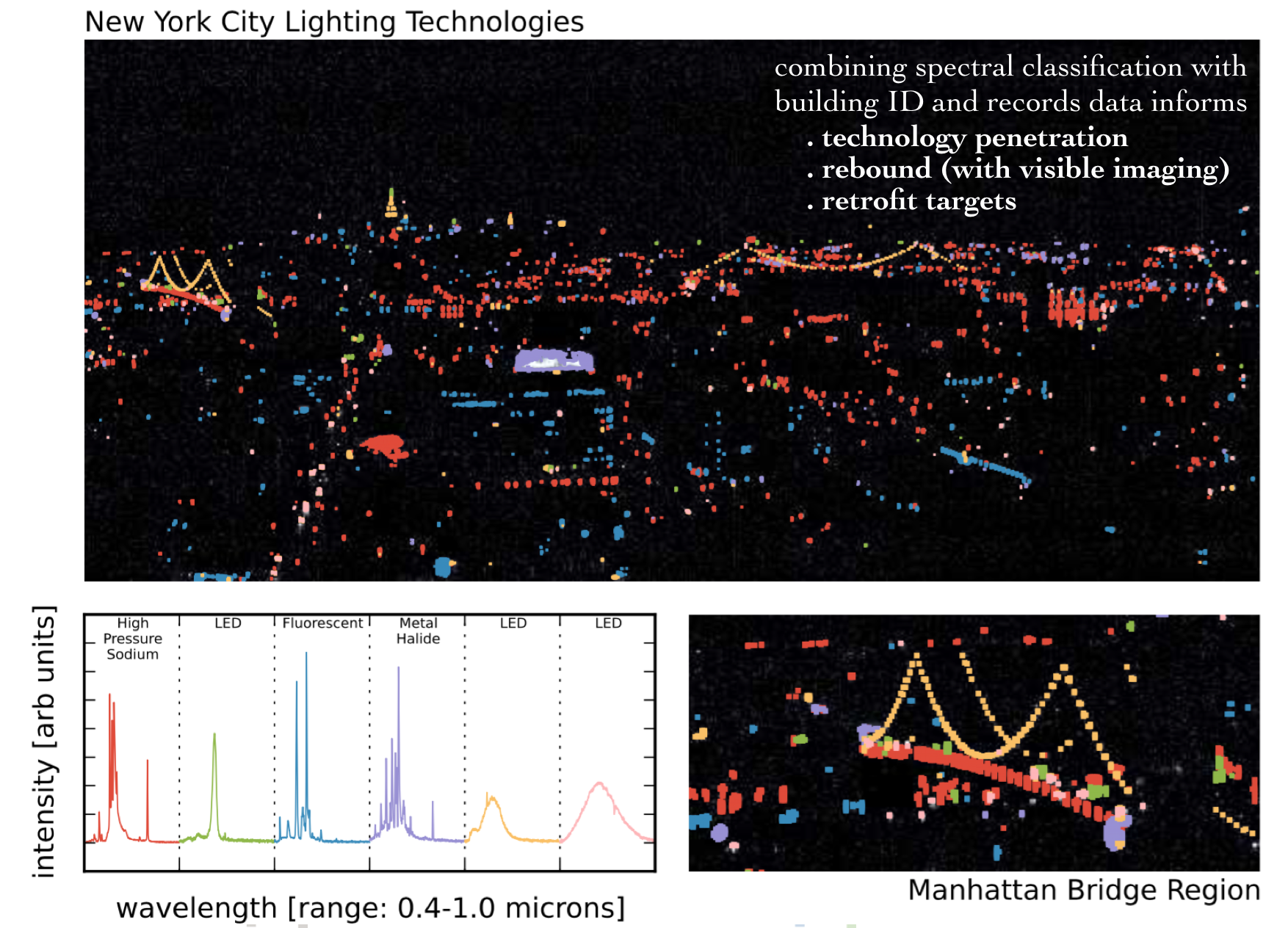
Energy
Imaging a city night skyline at different time scales we create models of energy consumption and electrical grid dynamics. Seconds-scale images provide insight into occupancy and activity patterns. Subsecond (hypertemporal) imaging of the same scene can reveal the phase of the electrical grid granular to individual housing units. Spectral wavelength imaging reveals the lighting technologies used in NYC (hyperspectral)
Broad Band Visible imaging of energy proxies
Hypertemporal imaging of energy
Rebound studies through hyperspectral imaging
Infrared building dynamics
